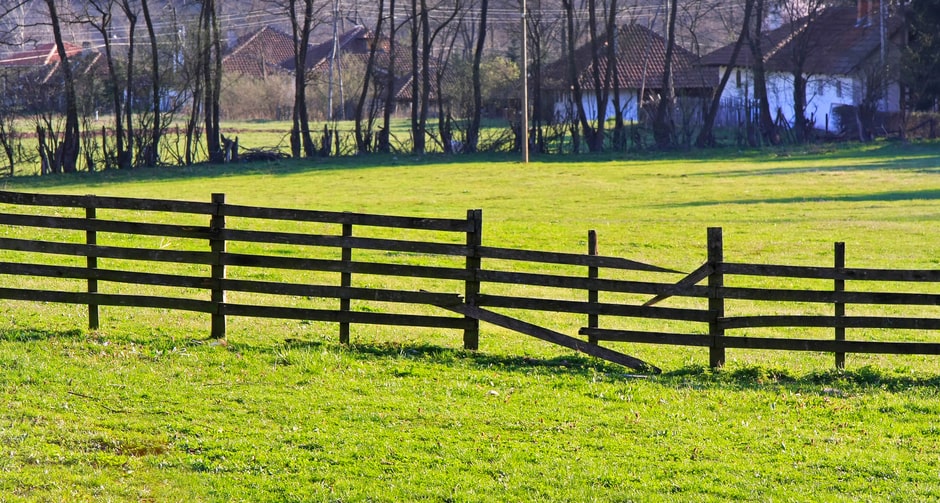First an earthquake, then a hurricane! From the sound of our phones this week, we know that many of our friends out there suffered some type of property damage during Hurricane Irene. No matter how well you prepare for a storm of this type, the force of the wind on your trees and other structures can have devastating results.
In the same way you prepare to keep your house and family safe during a major storm, you can prepare your yard to minimize damage. The best fence company in the nation, Long Fence, is here to give you some measures you can take:
Check the trees
Tall, lush trees can act as natural barriers, absorbing some of the wind’s force and shielding your home. However, this benefit only holds if the trees are healthy. Dry, scraggly branches are not only a cosmetic issue; they are hazardous. These branches will likely break off and become dangerous projectiles, potentially damaging fences, windows, roofs, or even nearby vehicles. Weak or rotting trees present an even greater risk, as their entire structure could topple under strong winds, endangering property and lives.
Regular pruning is essential to maintain tree health and remove any overreaching or dead branches. When doubting a tree’s condition, it’s wise to consult a certified arborist. These professionals can assess the tree’s health, recommend pruning or removal, and handle potentially risky tree-cutting tasks safely.
Check pergolas and gazebos
Structures like pergolas, gazebos, and garden sheds enhance outdoor spaces, but they can become liabilities during extreme weather. Rotten posts, weakened foundations, and wobbly joints can make them vulnerable to collapse, potentially damaging surrounding plants, fences, or property. Inspect these structures thoroughly for signs of decay, loose connections, or broken decorative elements, as even small weaknesses can worsen under the pressure of hurricane-strength winds. Reinforce any areas of concern and consider anchoring lightweight structures more securely to ensure they remain intact through severe storms.
Check trellises
Trellises are excellent for supporting climbing plants and vegetables, but their slender design makes them particularly susceptible to wind damage. Unstable legs or weak attachments are prone to failure during strong winds, potentially destroying the plants they support and littering the yard with debris. Firmly secure all trellises in the ground, ensuring they are deeply embedded or fixed to permanent structures like walls or heavy-duty stakes. Regular checks for wear, such as cracked legs or rusted fastenings, can prevent last-minute repairs before a storm.
Gather gardening tools and equipment
Tools and equipment left outside can become hazardous during a hurricane. Strong winds can pick up items like shovels, rakes, and wheelbarrows and cause serious damage or injury. These objects also face the risk of being damaged themselves, leading to unnecessary replacement costs. Store all gardening tools in a safe, enclosed space, such as a garage, tool shed, or basement. This small effort protects your property and reduces the cleanup required after the storm passes.
Remove lightweight garden décor
Garden decorations such as mirror balls, wind chimes, mobiles, and wind socks add charm to your yard but are not built to withstand hurricane conditions. These lightweight items can become airborne in high winds, leading to breakage or damage to nearby structures. Hanging plants, though heavier, are also at risk if not relocated to a safe place. Before the storm hits, take these items inside to prevent damage to your décor and your property.
Clean up the yard
A cluttered yard can amplify the chaos during a storm. Loose items like empty containers, flowerpots, garden hoses, and watering cans can become flying debris, causing damage or becoming lost. Securing these items prevents them from becoming projectiles and makes post-storm cleanup far easier. A tidy yard ensures that the debris you do have to deal with—such as fallen branches or leaves—will be more manageable to clear. You minimize risks and streamline recovery efforts after the storm by proactively organizing and securing your yard.
Read More:

